A Way Forward For Fencing…
A Brief History of Creosote
Creosote, that potent-smelling substance, has a surprisingly rich history. Its story isn’t just about preserving wood; it’s a blend of innovation, practicality, and, more recently, a shift in our priorities. From safeguarding wooden ships to revolutionising the railroad industry, creosote has been used for it all! But like many materials of the past, its long-term use has raised environmental concerns. Let’s delve into the fascinating past of this unique material and explore how it has shaped our relationship with wood preservation. We’ll uncover the early innovators, the industries it transformed, and the reasons why its future may lie in the development of a safer, more sustainable alternative.
Early Encounters:
Creosote’s story begins in 1716 with Dr. William Crook, a forward-thinking Englishman. He secured a patent for a method using a mysterious substance called “One Part of which is the Oyle or Spirit of Tarr.” This “oily spirit” was an early version of creosote, and Dr. Crook used it as a shield against rot and marine worms that plagued wooden ships. This marked the very first documented use of creosote for wood preservation.
The Full-Cell Process (1838)
Fast forward to the 19th century, a period marked by the rapid expansion of railroads. Faced with the issue of untreated wood constantly rotting, they knew they needed to put a stop to these frequent costly replacements. In 1838, John Bethell, a British inventor, patented the “full-cell” creosote treatment process. This method involved forcing large amounts of creosote deep into the wood fibers under pressure, significantly extending the lifespan of railroad ties. This innovation became the foundation of the modern wood preservation industry.
Some other Treatments Included:
The Boulton Conditioning Process (1881): This process aimed to address the presence of excess creosote near the wood’s surface, which could be messy and potentially harmful. The Boulton process aimed to remove some of this excess creosote while still ensuring the wood remained protected.
The Rueping Treating Process (1902): This method focused on injecting creosote only into the outer layers of the wood, leaving the inner core untreated. This approach aimed to achieve sufficient protection while minimising the amount of creosote used, potentially reducing costs and environmental impact.
The Lowry Empty-Cell Treating Process (1906): This method built upon the Rueping process, aiming to create a vacuum within the wood before injecting creosote. This vacuum supposedly helped ensure deeper penetration of the preservative while still using less creosote overall.
A Creosote Boom (20th Century)
The 20th century saw a surge in creosote use. It wasn’t just railroad ties; telephone poles, fence posts, and other outdoor structures benefited from its protective qualities too. As the century progressed, however, concerns about the environmental impact and potential health risks associated with creosote began to arise. The presence of harmful chemicals in creosote, particularly coal-tar creosote, raised questions about its safety.
World War II Disrupts Supply (1945):
The global conflict of World War II impacted various industries, and creosote was no exception. During this period, creosote was in short supply. This disruption likely spurred efforts to find alternative wood treatment solutions as well as strategies to manage creosote resources more efficiently.
Health and Environmental Worries:
Creosote is a complex mixture of chemicals, some of which are classified as carcinogenic (cancer-causing) by the International Agency for Research on Cancer (IARC). While direct contact with treated wood isn’t necessarily a major risk, concerns arose about potential exposure for people working with creosote or living in close proximity to treated structures. Additionally, environmental considerations came into play. Creosote leaks from treated wood into soil and water raised concerns about its potential harm to ecosystems.
The Regulatory Shift (2003):
As these concerns mounted, the European Union (EU) took action. In 2003, the EU implemented a ban on the sale of creosote to the general public. This meant homeowners could no longer purchase creosote for DIY projects. However, exemptions were made for professional and industrial applications, provided stricter regulations were followed. In the EU, it has since been banned for everyone, and the UK is set to follow this trajectory in February 2025 too.
The Legacy of Creosote
Creosote’s story is a cautionary tale. It is certainly a testament to human ingenuity and its impact on the development of infrastructure, but also a warning of the damage we can cause. While creosote’s future is limited, its historical significance in protecting wood and enabling advancements like the vast railroad network cannot be denied. The ban on creosote highlights a commitment to prioritise safety and environmental responsibility.
As we move forward, the lessons learned from creosote’s history have already begun to guide us. It is vital that we now develop a more sustainable and responsible wood preservation solution for the future. We believe this is Tanasote. It is our hope that it will continue the work of creosote, but in a safer and more sustainable way!
The Introduction of Tanasote
Tanasote is not simply an alternative to creosote, but a modern, high-performance wood preservative with a significantly improved environmental and safety profile. This innovative wood preservative is a copper-based oil formulation that provides exceptional protection against rot, decay, and insect infestation. Unlike creosote, it is low-odour, environmentally friendly, and boasts self-healing properties.

Tanasote is ideal for various heavy-duty wood applications, including:
Agricultural and equine fencing: Protects your valuable fencing from rot and insects, ensuring the safety and well-being of your animals.
Utility poles: With its self-healing properties, Tanasote is perfect for utility poles where failure can have significant consequences.
Railway sleepers: Tanasote ensures the long-term stability and safety of railway tracks.
Here’s what makes Tanasote stand out:
- Long service life of 40 years for pine, independently assessed by BM TRADA.
- Protection against a wide spectrum of aggressive decay fungi.
- The unique copper-oil allows the timber to ‘self-heal’ when checks and cracks appear in service.
- Long-lasting water repellent minimises natural splitting and cracking.
- Tanasote® treated timber is low odour and easy to handle.
- Timber treated with Tanasote® has been extensively tested in trials across equine and agricultural fencing since 2018.
- With exposure to UV light, the colour of Tanasote® treated timber transitions from emerald green to a honey-brown colour.
- Across Europe, Tanasote® has been granted the maximum authorisation (before reauthorisation) under the Biocidal Products Regulation (BPR) having passed extensive risk assessments covering the environment, human and animal health.



NEW for 2024, the Woodford Super Post has been developed as a replacement for creosote treated timber. Available as both square sawn and round agricultural, Super Post timber posts are manufactured from dried premium pine and treated with Tanasote® copper-oil wood preservative.
Woodford is proud to be the first in Ireland with a Tanasote plant, bringing cutting-edge wood preservation technology to the Irish market. By investing in this state-of-the-art facility, we hope to demonstrate our commitment to providing superior wood preservation solutions that meet the highest environmental standards
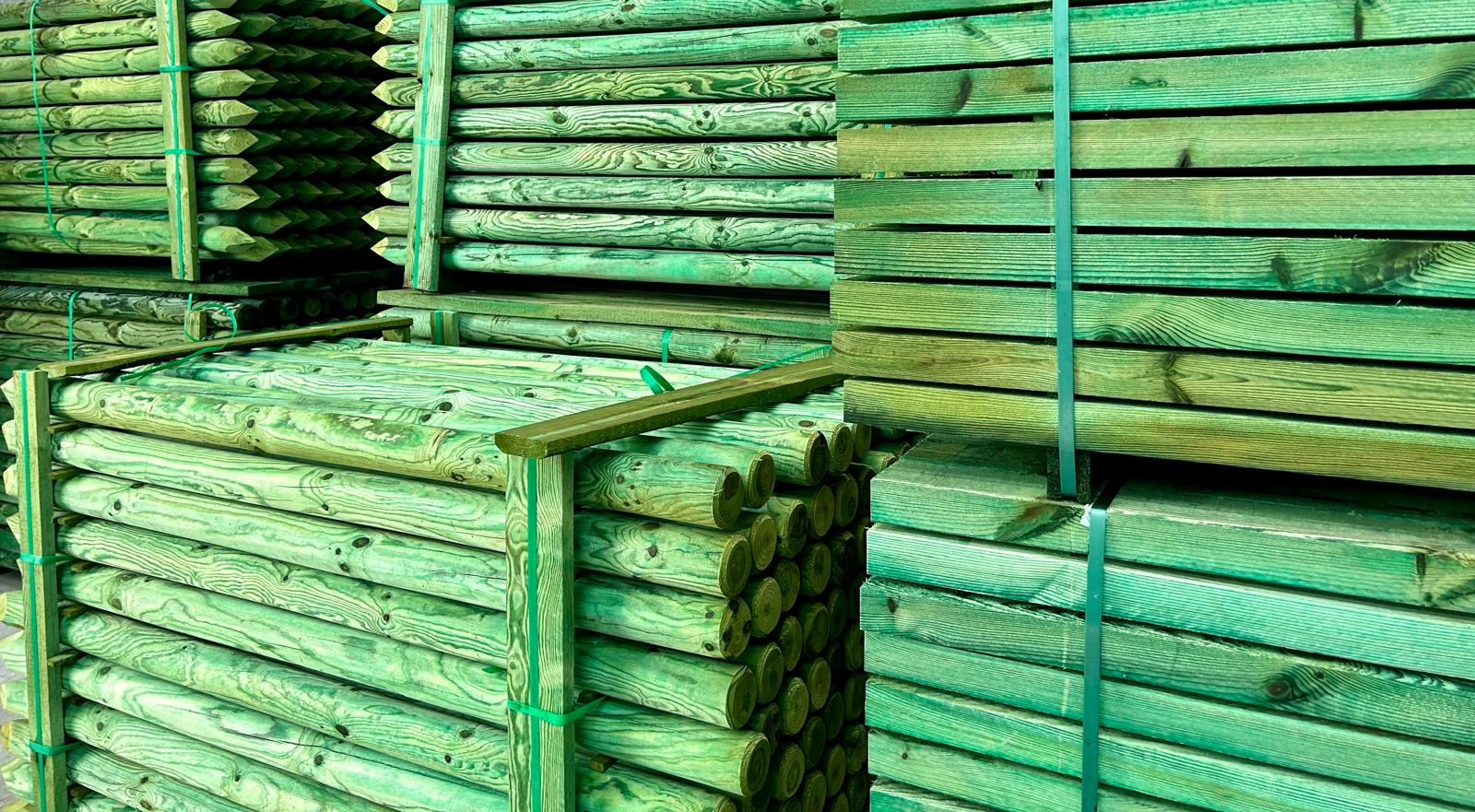
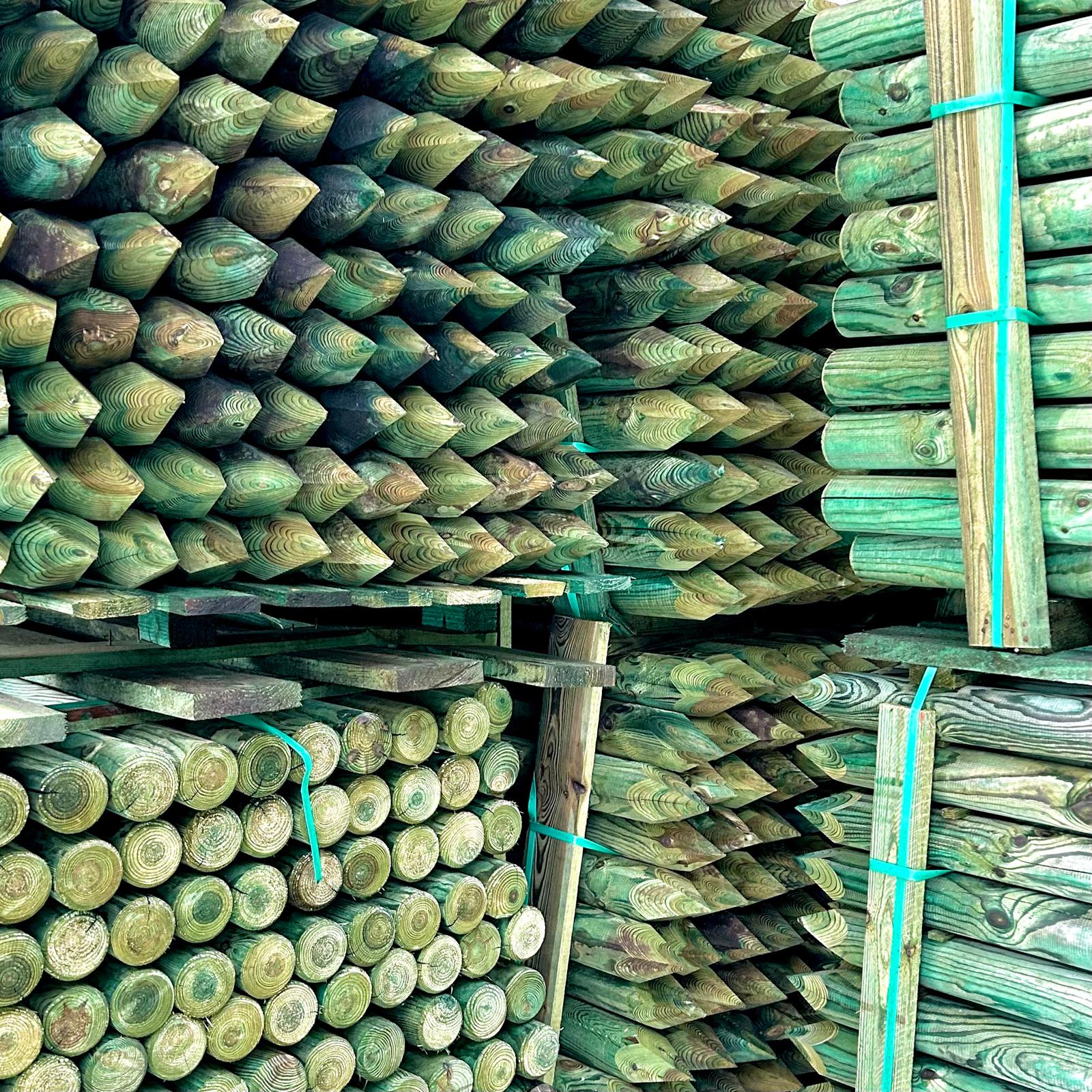
Certifications:
- Meets criteria for S 148 and IS 436.
- Grant approved.
- Meets the Treatment Specification of NSAI standards for TAMS.
With Super Post we have created a superior post that provides a long service life of 40 years (25 year warranty) with minimal maintenance. We chose Tanasote® wood preservative because we wanted the Super Post range to provide longevity and durability, whilst being sustainable, easy-to-handle and work with, and meet criteria for fencing grants.
Why You Need Tanasote
Tanasote is an excellent option if you:
- Prioritise long-term protection and durability
- Seek an environmentally friendly solution
- Want to minimise maintenance and replacement costs
- Would like a product with a low odour & easy-handling profile
Our world is increasingly focused on sustainability, and the construction industry is no exception. As we strive to reduce our environmental impact, there’s a growing demand for materials and processes that are both eco-friendly and effective. All Woodford timber is sourced from carefully managed forests, which have been inspected and certified to ensure they are sourced sustainably. Tanasote treatment also emerges as a standout solution in this area.
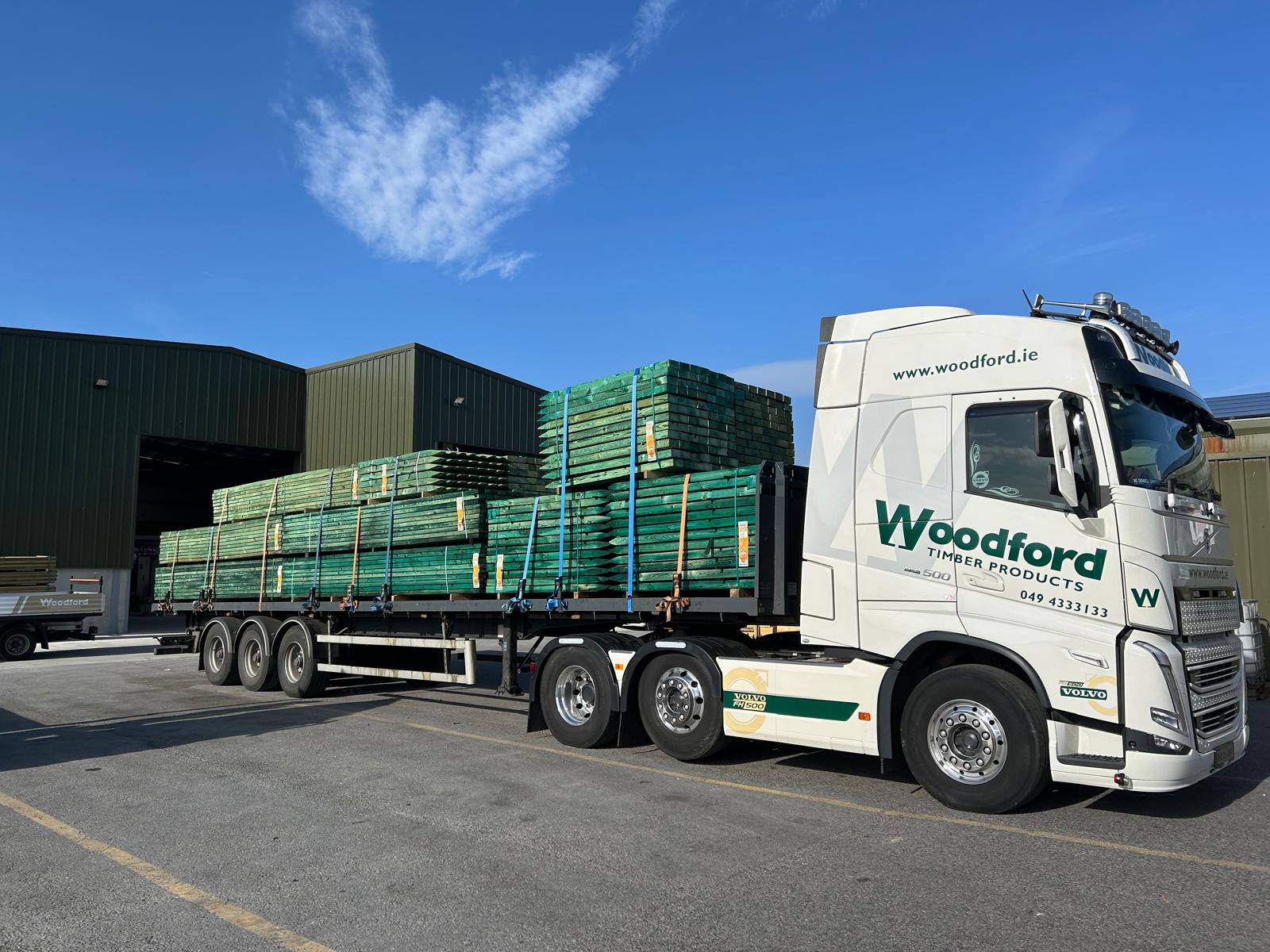

Architects, builders, and sustainability-conscious individuals are recognising the value of Tanasote. Its ability to extend the lifespan of wood structures means fewer trees are harvested, reducing deforestation. Additionally, its minimal environmental impact throughout its lifecycle aligns perfectly with the principles of sustainable building.
Have horses? No problem! In 2019/2020, Tanasote® treated posts and rails were installed in five UK locations, as fencing for equestrian use, to determine whether horses would crib on the treated timber. In one instance, hay bales were hung on the posts to encourage the horses to approach. After five years there has been no observable evidence of cribbing on any of the Tanasote® treated fence rails, and none of the site owners reported seeing their horses cribbing on the treated timber.
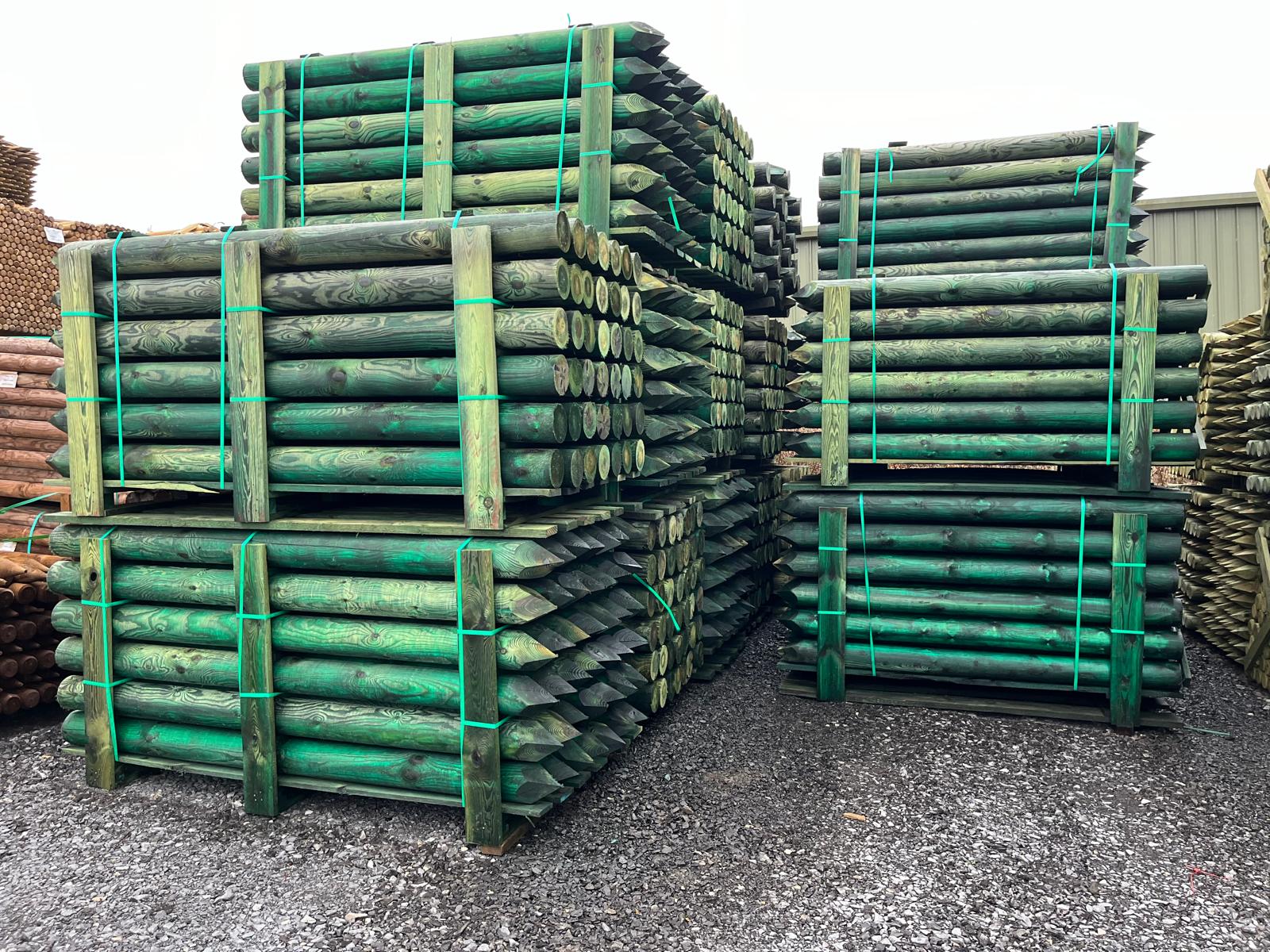
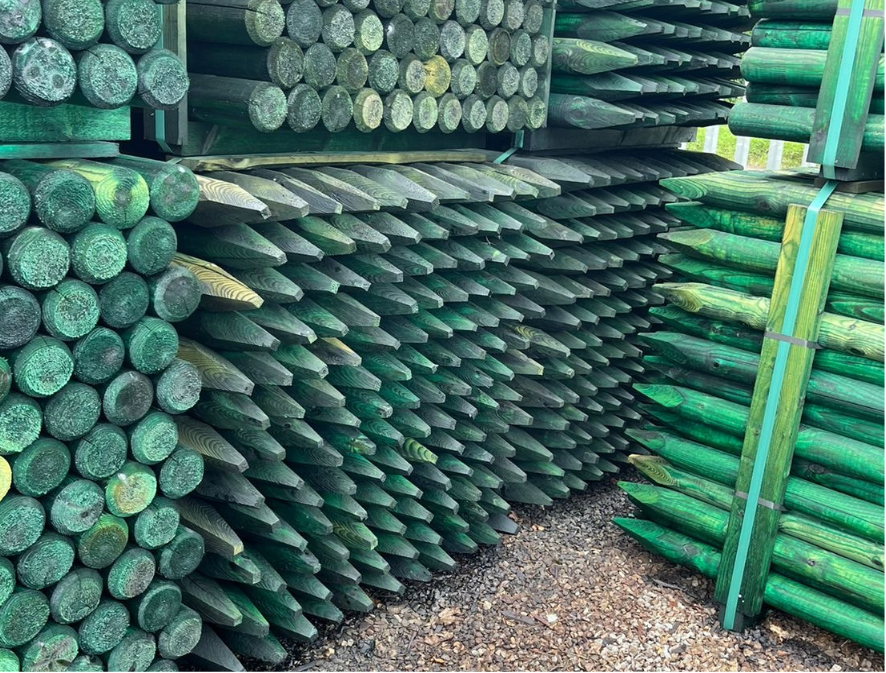
By choosing Tanasote, you’re not only investing in the protection of your wood but also in a healthier planet. It’s a step towards a more sustainable future without compromising on performance.
Why Tanasote is the Future of Fencing
This innovative wood preservative represents a significant leap forward in protecting our timber resources. By offering exceptional durability without compromising on environmental responsibility, Tanasote is redefining the standards for wood preservation.
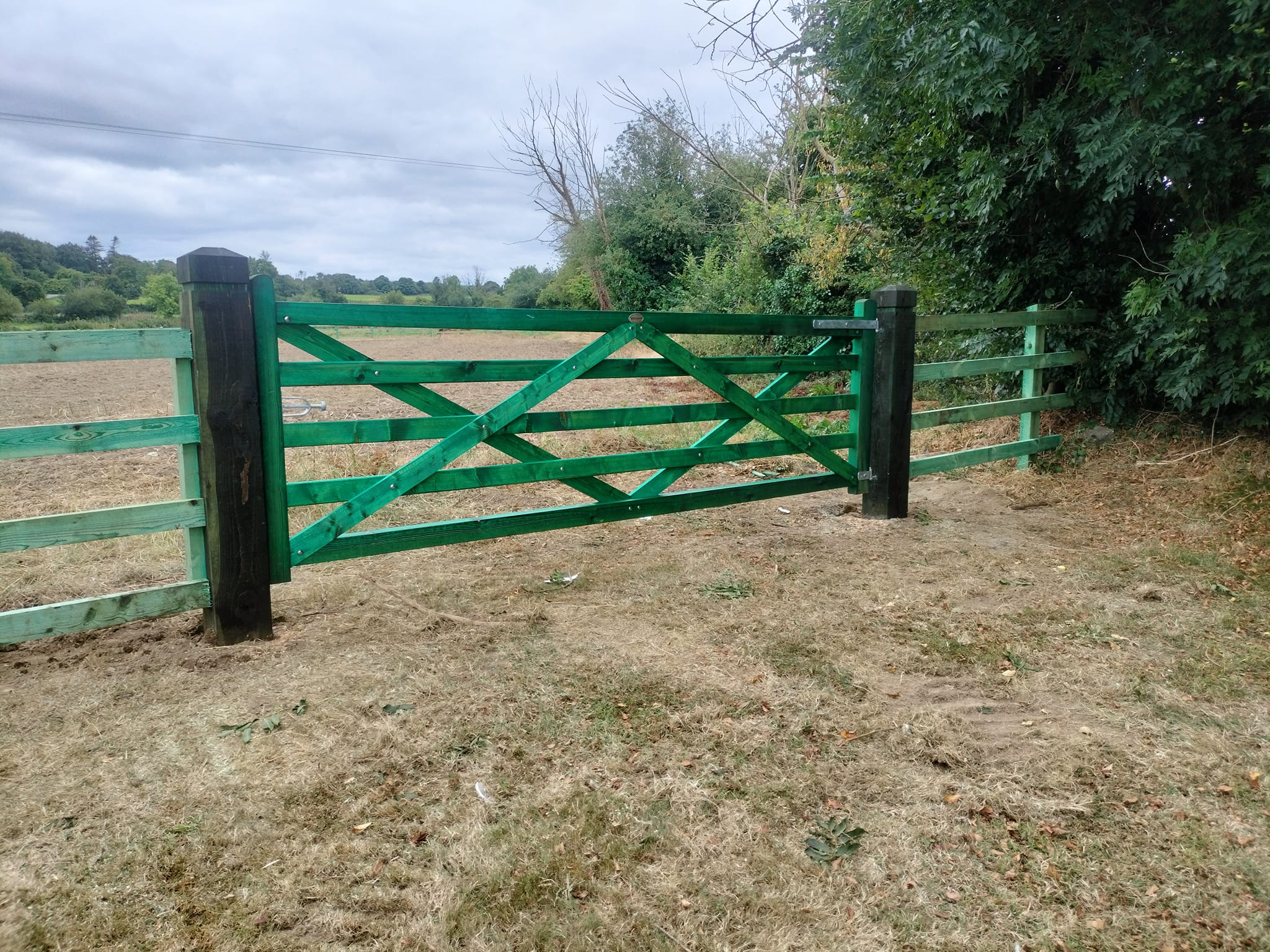
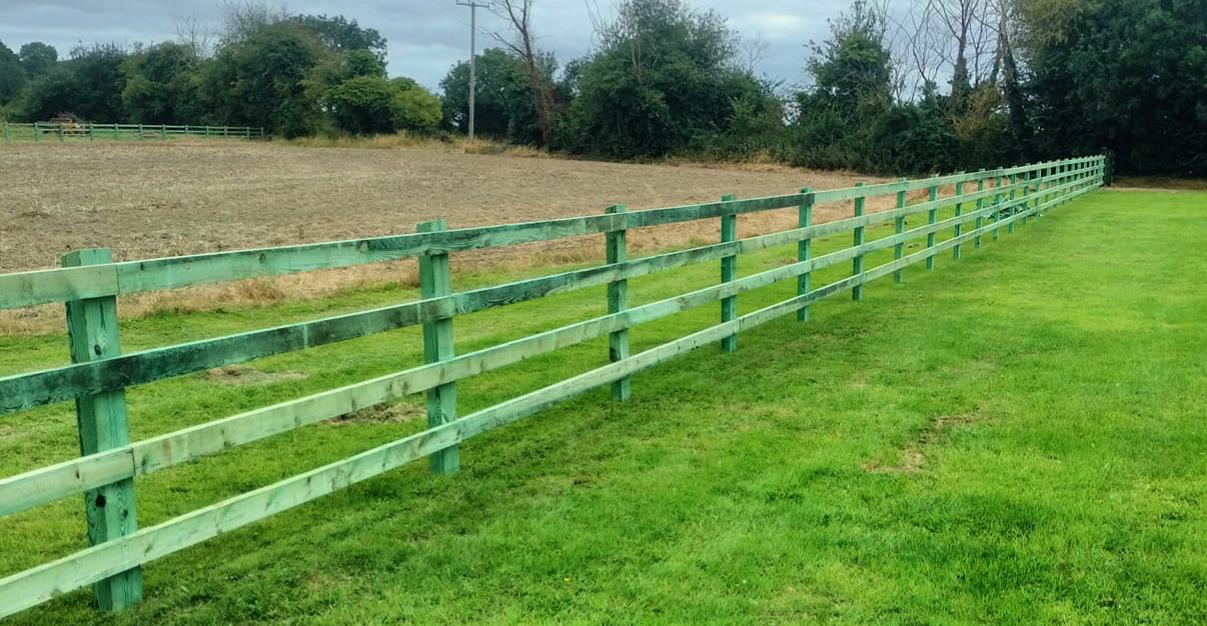
After reviewing real-world trials of Tanasote® treated timber, covering fencing, utility poles and railway sleepers, plus the performance data from accelerated field tests, we have complete confidence that Tanasote® is the perfect treatment for your posts.
Tanasote has introduced a new era of wood preservation, a stark contrast to the legacy of creosote. Where once harmful chemicals were the norm, Tanasote now offers a practical solution. This treatment not only matches creosote’s efforts in protecting wood from decay and insects but surpasses it in terms of safety and environmental responsibility. Tanasote is more than a timber treatment, it’s a symbol of our commitment to balancing progress with planetary health, proving that innovation and sustainability can be mutually achieved
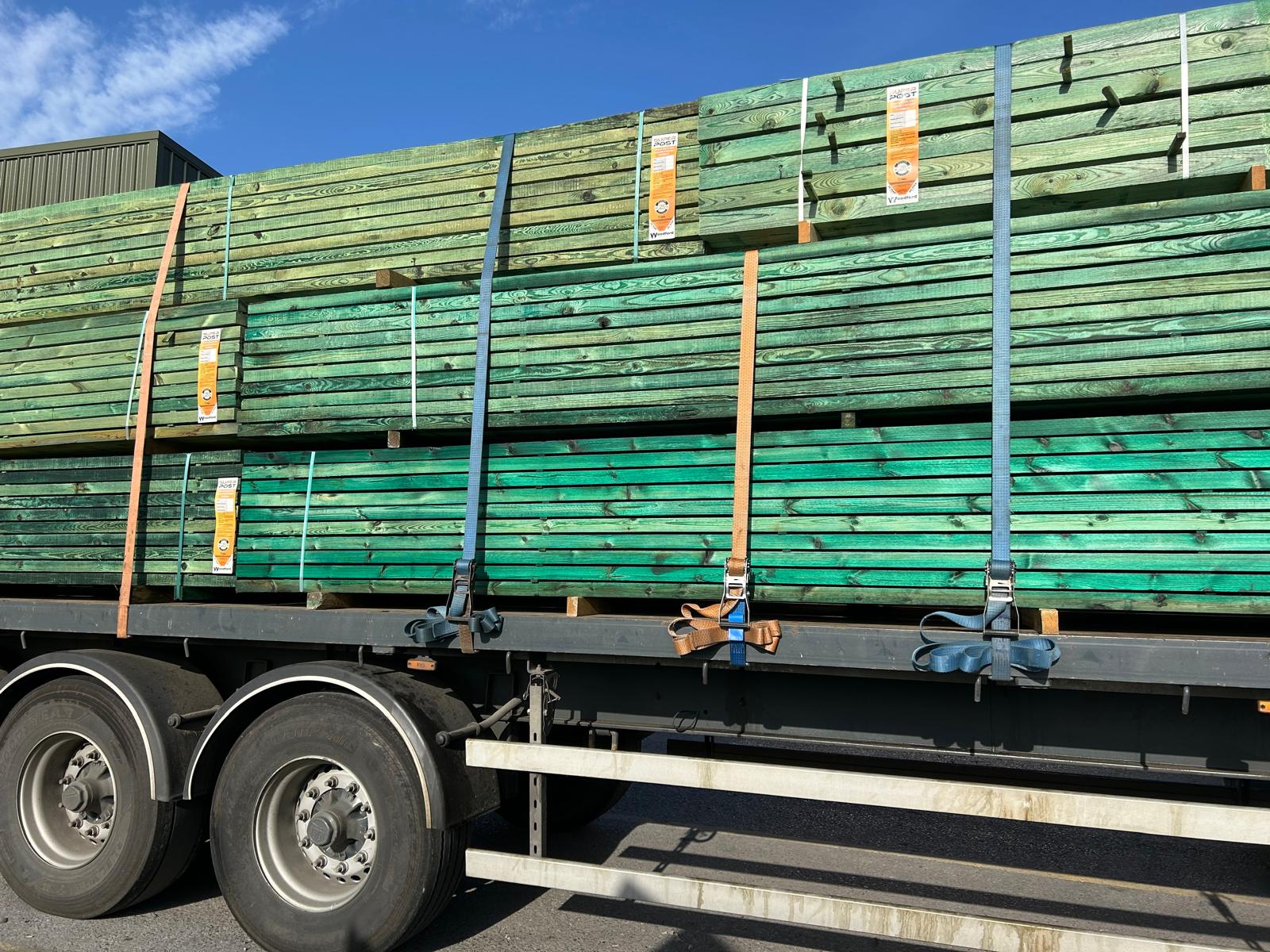
So next time you have a project requiring long-lasting wood protection, look no further than Woodford’s Super Post range. Because Tanasote is the future of wood preservation, and the future is looking bright (green).

